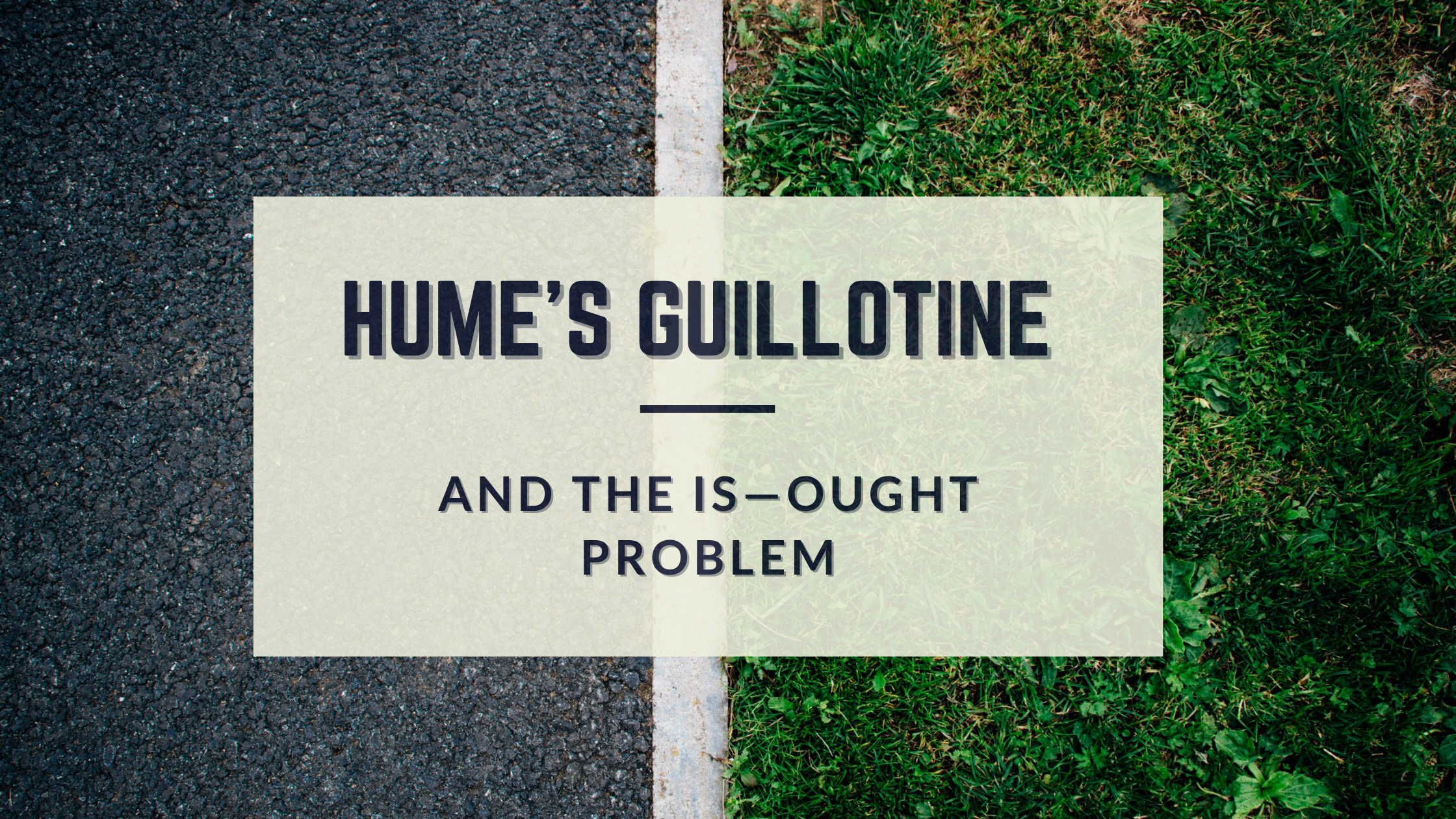Hume’s Guillotine and the Is—Ought Problem

Hume’s guillotine is a mental model for separating facts from values. In the words of David Hume himself, “If the cause, assigned for any effect, be not sufficient to produce it, we must either reject that cause, or add to it such qualities as will give it a just proportion to the effect.”
In other words, we cannot say how something should be based on what something is. It can be a confusing mental model to wrap your head around, but once you understand it, you’ll have an edge in any argument.
Keep reading to learn more about Hume’s Guillotine and how you can use it.
The bridge between facts and values
The basis of Hume’s Guillotine states you cannot not argue a value statement with facts. The bridge between facts and values cannot be crossed.
Surprisingly, scientists run into this problem a lot. Take evolution for example. Someone might say the purpose of our hands is to make a fist. It helps us defend ourselves and may keep us alive along enough to pass on our genes. There are obvious problems with a claim like this.
Making a fist isn’t the only thing a hand can do. They can also hold things, make tools, pick up small objects, and the list goes on. It would be like claiming the reason we have voices is because we were meant to yell.
Because scientists have so many facts to go on, it’s only natural some will be tempted to make a prescriptive claim in the form of a value statement. But you should always be skeptical of statements that claim how things should be.
Who made these rules anyways?
When someone says people were meant to do something, it implies someone made it so. In the evolution example, claiming people were meant to do something would mean that someone created us with a purpose.
But there aren’t any facts to prove a purpose and help cross the bridge between facts and values. When it comes to ethics, a person with a religion might claim a higher power created something with a purpose.
These kinds of arguments always come down to debating the existence of a God. The problem with this argument is that it relies on conflating beliefs with facts and this can’t be used in a logical argument.
Right is right and wrong is wrong
Hume’s Guillotine isn’t trying to say there is no such thing as right and wrong. Instead, it says right and wrong are debatable and can never be universal truths.
At the end of the day, what you think is right and wrong is up to you. You can’t use natural facts to support your ethics, you can only argue them in the framework of your value system.
It’s perfectly ok to hold a value judgment—you’re human after all. But when it comes to a reasonable argument, your values aren’t facts. They don’t exist in the physical world and you can’t see good and evil in a microscope.

Recent Comments